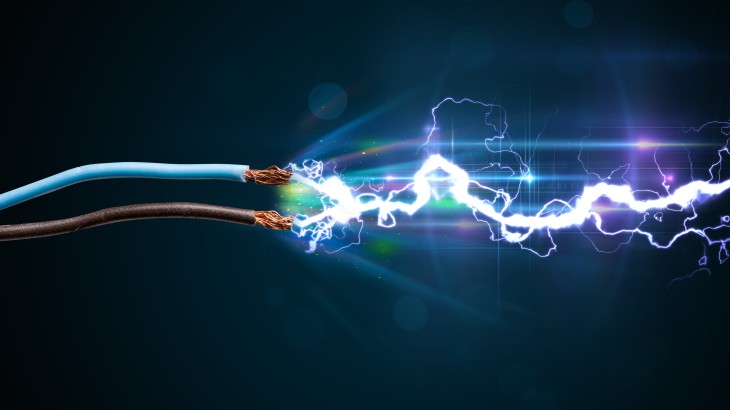Not too long ago, the Concord Monitor reported Public Service of New Hampshire (PSNH), New Hampshire’s largest utility, would raise rates by 7 percent. In this month’s Business NH Magazine, William Quinlan, president and chief operating officer of PSNH, sheds some light on the energy challenges utilities will face in 2015.
Whether you’re a business or home owner, keeping the heat on, especially in arctic temperatures, puts a big dent in your budget. Utility companies across the board have been raising rates. If you’ve been following our blog, you’ll recall Prism noted that National Grid’s rates would increase by 37%, and NSTAR’s rates would increase by 29%.
The two main drivers of 2015 New Hampshire energy challenges
1. A lack of natural gas supply
According to William Quinlan, there is no short-term solution to these volatile rates hikes, “. . . due to the retirement of several power plants in New England that were available last winter to help meet demand during the coldest weather.” The remaining New England power plants are highly dependent on natural gas to generate electricity to the region. Due to unexpected vast increases in natural gas demand, there are severe pipeline constraints, meaning power plants are simply unable to heat homes and businesses during the peak winter months. Quinlan reports, “During some of the coldest days of last winter, for example, 75 percent of the natural gas generation installed in New England was not running.”
New England’s electric grid administrator, ISO-New England, predicts electric power generators fueled by natural gas “would likely have a gas supply deficit of 24 to 34 days per winter by 2019/2020.” During long periods of below-average cold temperatures, ISO-New England says, the deficit will be even more severe, increasing market energy costs and passing those costs on to you.
2. Non-gas power plants are retiring with few replacements being built
From 2013 to 2017, several power plants that rely on oil, coal, or nuclear fuels, will no longer be in service, representing a 10% loss of power generation output throughout New England. No replacements are scheduled to be built.
Addressing the challenge
PSNH is working closely with its parent company, Northeast Utilities, to formulate energy solutions and increase natural gas capabilities by 2018. Quinlan urges New Hampshire lawmakers pursue long-term energy policies, including “additional support for energy efficiency programs that can help all of our citizens save on energy use and costs today while ensuring a more secure energy future.”
Final Thoughts
With electric rates increasing all across New England due to natural gas pipeline restrictions and the shutdown of critical power plants, New Englanders shouldn’t expect to see any relief from increased prices until at least 2018, when New England utilities finalize their new energy solution plans. But three years is a long time to wait, and that assumes we actually will have real solutions by then. With energy being such an unpredictable force, who knows how long it may take until we see real change and price decreases to more affordable levels. Until then, it is a good idea to heed Quinlan’s advice and work with your utility provider and its energy efficiency program. The rates may continue to increase, but at least you’ll be able to find different ways to save energy and money over the next few tough winter seasons.
Article source: William Quinlan. “Energy/Utilities.” BusinessNH Magazine 8 Jan. 2015: 35. Print.




